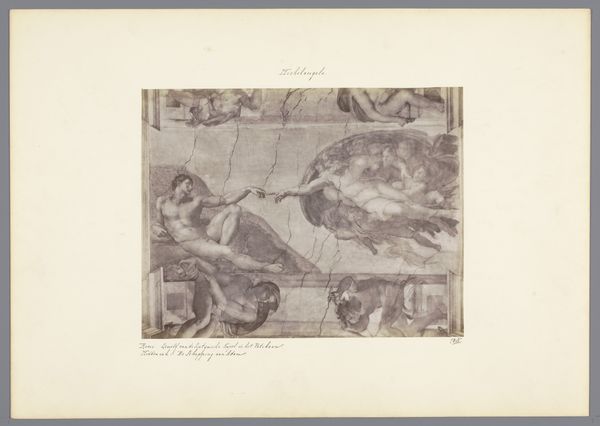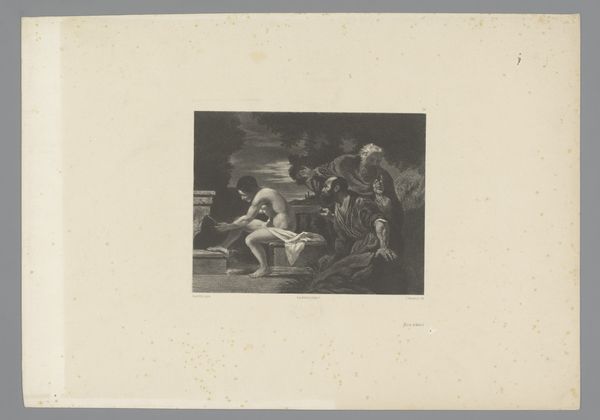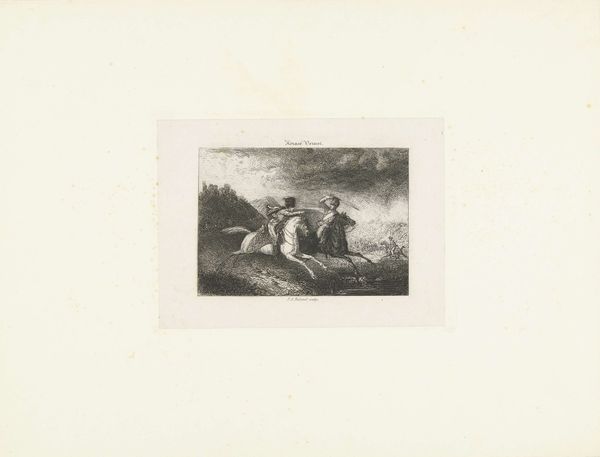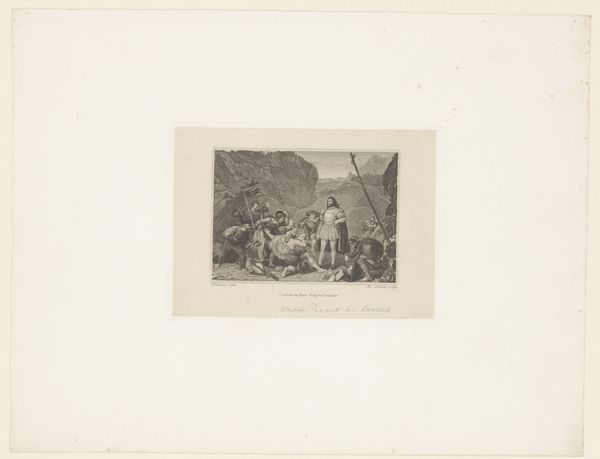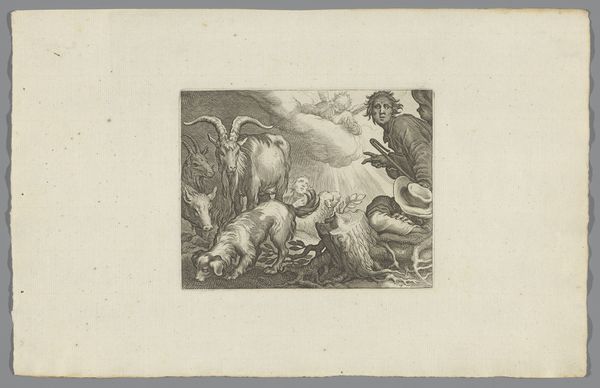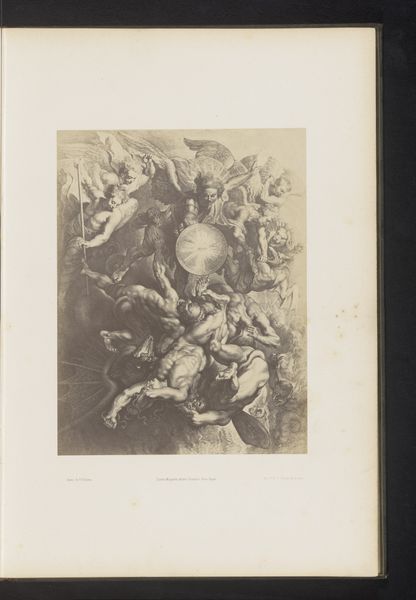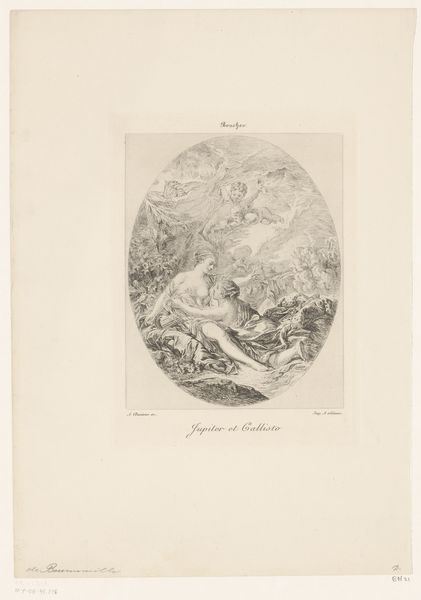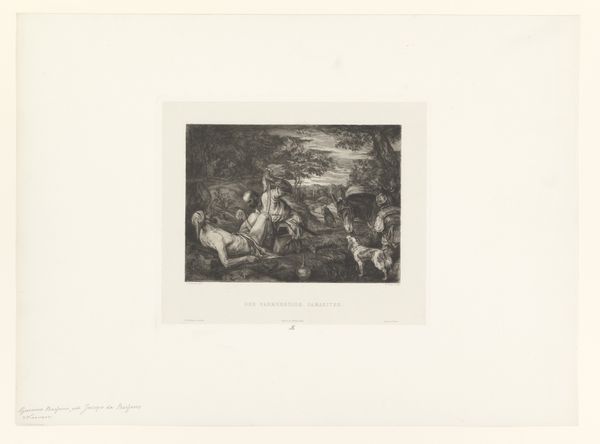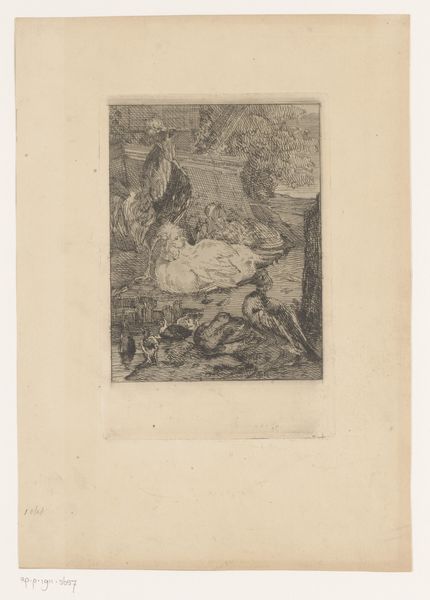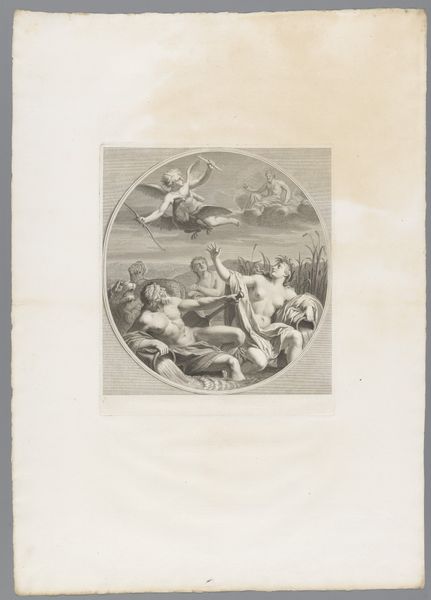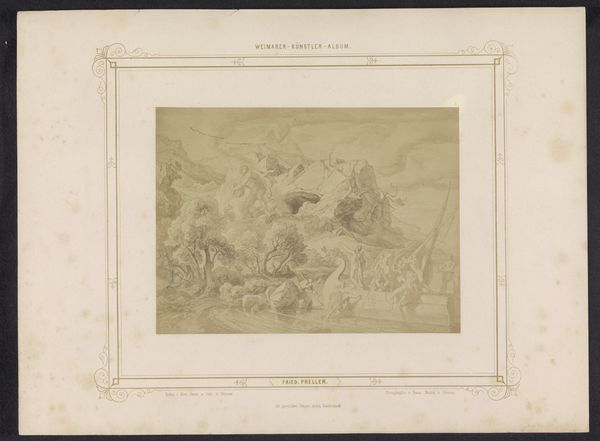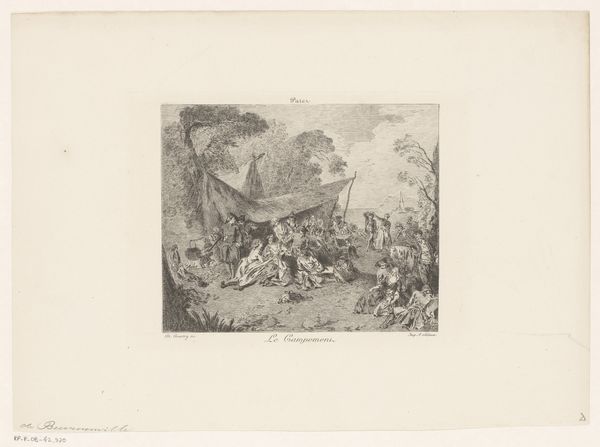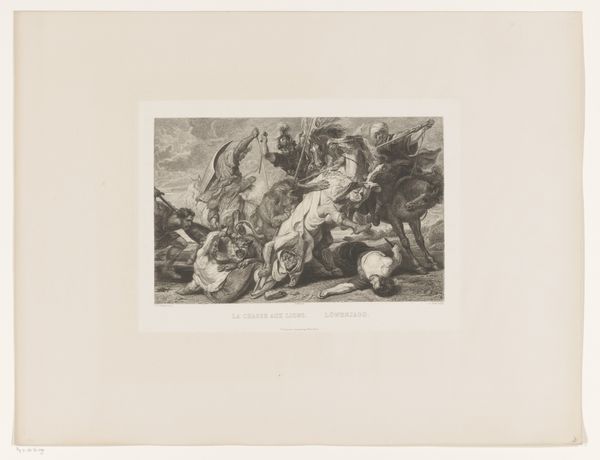
Fotoreproductie van een detail van het fresco door Michelangelo in de Sixtijnse Kapel in Rome, voorstellend de Schepper uit De schepping van Adam c. 1875 - 1900
0:00
0:00
Dimensions: height 185 mm, width 242 mm
Copyright: Rijks Museum: Open Domain
This is a photo reproduction of Michelangelo’s fresco in the Sistine Chapel, showing the Creator from "The Creation of Adam." Though the photographer is unknown, the image itself speaks volumes about the intersection of art, reproduction, and access. The original fresco, painted directly onto the plaster of the chapel ceiling, used pigments mixed with water, a technique demanding both speed and precision. The very act of fresco painting is labor-intensive. The artist had to apply each section of plaster, and then paint it before it dried. In contrast, this photo reproduction democratizes the artwork, making it accessible to a wider audience through modern means. Consider how photography transforms the original’s texture and scale, altering its intrinsic qualities, and losing some of the labor of its making. The photo itself becomes an object of consumption, a commodity. This tension between the unique, handmade qualities of the fresco and the reproducible nature of photography highlights the changing value of art in a world increasingly driven by mechanical production. It challenges our understanding of what constitutes an artwork in the age of its technological reproducibility.
Comments
No comments
Be the first to comment and join the conversation on the ultimate creative platform.
